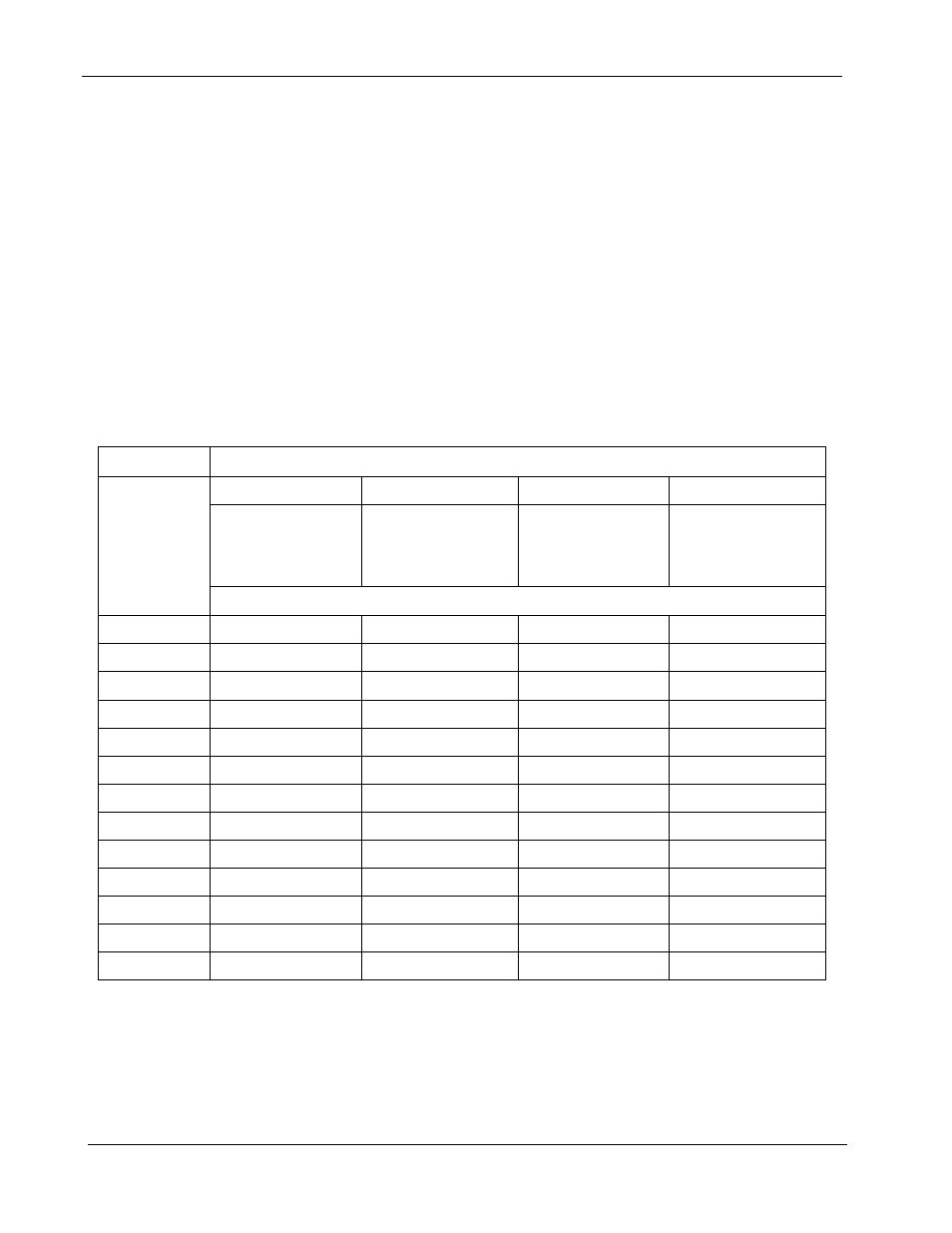Wire selection, Wire size, Election – AMETEK SFA Series User Manual
Page 30: Wire size -6, Table 2–4. minimum wire size -6

Installation
Sorensen SFA Series
2.5
WIRE SELECTION
Care must be taken to properly size all conductors for the input and output of
the power supply. This section provides guidance in the selection of wire size.
Note that cables with Class B or C stranding should be used. Fine stranded
cables should not be used unless crimp-on lugs or ferrules are used that are
approved for fine stranded cables.
2.5.1
W
IRE
S
IZE
The tables below will assist in determining the appropriate wire size for both the
input and output connections Table 2–4 below gives minimum recommended
wire size. This table is derived from the National Electrical Code; it is for
reference only. Local laws and conditions may have different requirements.
Note that these recommendations are for copper wire only. For higher ratings,
wires can be paralleled; refer to the National Electrical Code.
Size
Temperature Rating of Copper Conductor
60°C 75°C 85°C 90°C
Types: RUW,
T, TW, UF
Types: FEPW,
RHW, RH, RUH,
THW, THWN,
XHHW, USE, ZW
Types: V, MI
Types: TA, TBS,
SA, AVB, SIS, FEP,
FEPB, RHH, THHN,
XHHW
AWG
MCM
Current Rating
14
20 20 25 25
12
25 25 30 30
10
30 35 40 40
8
40 50 55 55
6
55 65 70 75
4
70 85 95 95
3 85 100 110 110
2 95 115 125 130
1
110 130 145 150
0
125 150 165 170
00
145 175 190 195
000
165 200 215 225
0000
195 230 250 260
Table 2–4. Minimum Wire Size
When determining the optimum cable specification for your power applications,
the same engineering rules apply whether going into or out of an electrical
2-6
M550292-01 Rev G
